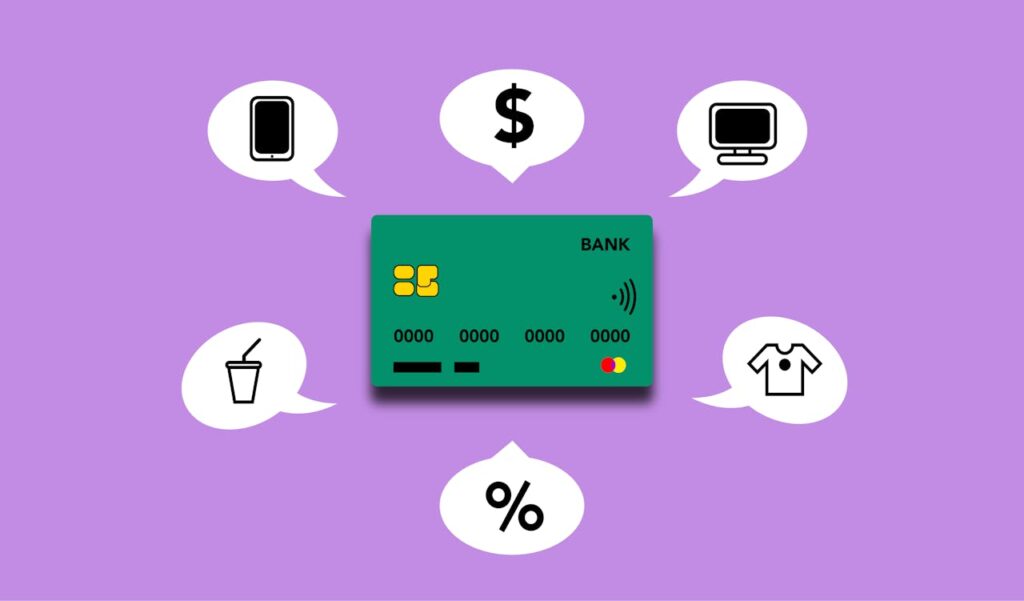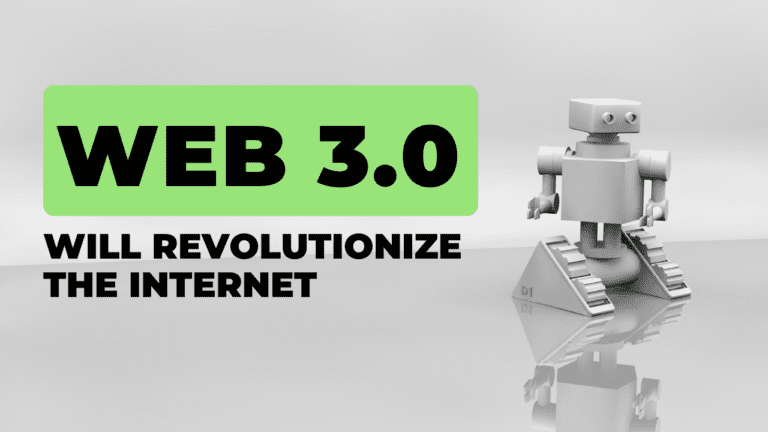The Future of Payments – Cryptocurrency Transactions

The payments industry is undergoing massive shifts as new technologies emerge and consumer behavior changes. In the coming years, cryptocurrencies, digital cash services, and contactless payments could replace traditional methods like cash and credit cards for many transactions.
Each innovation brings unique advantages in security, efficiency, and accessibility that will redefine commerce.
The Rise of Cryptocurrency
Cryptocurrency has graduated from a fringe curiosity to the beginnings of mainstream acceptance. Major corporations like Microsoft, AT&T, and Home Depot now accept crypto payments.
Tesla briefly took Bitcoin for vehicle purchases. PayPal enables users to buy, sell, and pay with cryptocurrency on its network. These big first movers indicate widening usage ahead. Surveys show up to 15% of Americans and Britons already own crypto coins and many more are interested.
Developing markets with unstable currencies and inflation like Africa, Latin America, and the Middle East also show growing cryptocurrency adoption. In these regions, secure digital money with a store of value provides critical utility the local tender cannot deliver.
If volatility concerns subside and custodial solutions improve, expect wider embracing across age groups. User-friendly payment apps integrating crypto could drive utilization at retailers. Continued institutional investment also bodes well for broader normalization.
Digital Cash and Fintech Solutions

Digital cash and financial technology innovation is bringing digital payment capability to underserved populations. Kenya’s mobile money solution M-Pesa processes over 40% of the national GDP.
Alibaba affiliate Ant Group runs Alipay, China’s largest digital payments system. Services like Paytm in India, Dana in Indonesia, Toss in South Korea, and Mercado Pago in Latin America provide digital wallet functionality.
According to Statista, global digital transaction volumes could grow to over $12 trillion by 2025. Vast regions with developing infrastructure like Sub-Saharan Africa and Southeast Asia present opportunities for digital payments to bridge gaps.
Remittance flows also fuel many emerging market fintech solutions as workers migrate abroad. Small businesses conduct trade via QR codes rather than cash. Eventually, digital cash could make even developed nations’ currencies and physical bank branches obsolete.
The Contactless Boom
Contactless debit/credit card payments and mobile wallet tap-and-go solutions saw dramatic uptake during the pandemic. Mastercard says contactless now represents over half of all face-to-face transactions globally, up 15% in two years. In many markets, usage effectively doubled or tripled as consumers and vendors sought touch-free payment.
Transport systems, retail, events, restaurants, and other sellers invested heavily in contactless hardware due to its efficiency and hygienic advantages. Mobile wallet apps simplifying tap-and-go functionality also saw their user numbers jump. Consumer habit formation around contactless appears sticky and self-reinforcing for the future.
Easy and quick transactions improve buyer satisfaction and customer throughput for vendors. Higher contactless transaction approval limits enable more big-ticket purchases. Secure payment without publicly visible card details also provides additional privacy benefits. Expect contactless payments to become the norm at the point of sale in many countries within a few years.
Payments Outlook
Cryptocurrency, digital cash services, and contactless payments seem poised to claim significant market share from old-school payment rails. However, challenges around regulation, security, investment requirements, and accessibility issues linger. There also remains a generational divide impeding the adoption of newer innovations.
Implementation costs, security vulnerabilities, access inequality, and other obstacles must still be addressed across all these payment channels. But with a strong trajectory and enthusiasm on their side, it looks like cryptocurrency, digital cash, and contactless payments will define the future.
Consumers worldwide may soon rely more upon these innovative and convenient transaction methods for everyday spending compared to longstanding mainstays like paper money and cards. The payments landscape in 2030 could look radically different than it does today.
Read More:

